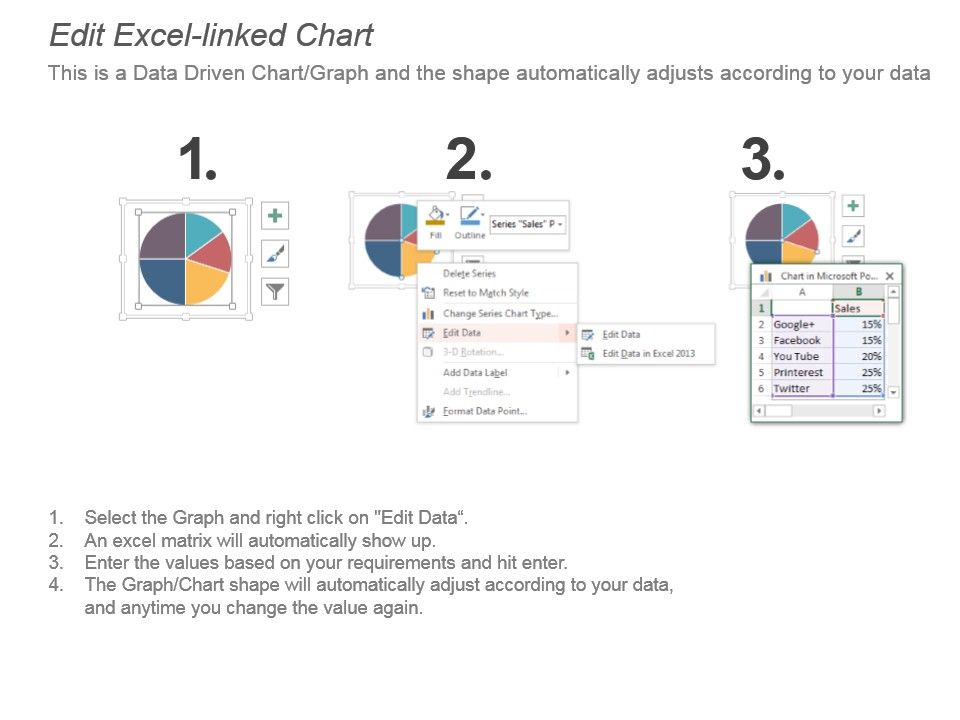


Grain boundary – The surface that separates the individual grains it is a narrow zone in which the atoms are not properly spaced. Grain – A portion of the material within which the arrangement of the atoms is identical. Within the freezing range, two phases coexist: a liquid and a solid. But, ductile fracture is usually referred to as ductile rupture.įreezing range – The temperature difference between the liquidus and the solidus. The result of this sequence of events is often the well known cup-and-cone failure surface.įracture – Fracture is generally characterized as being either brittle or ductile.
#Neck diagrams crack crack
Finally, the crack spreads to the surface of the sample along shear planes oriented at approximately 45 degrees to the direction of the tensile axis. Next, the cavities coalesce into a crack in the center of the cross section with the direction of the crack generally perpendicular to the direction of applied stress. First, the sample begins to "neck down" locally ( necking), and small discrete cavities form in the necked region. Three distinct stages are observed in the ductile rupture of most polycrystalline metals. The fracture surface appearance associated with dutile rupture is characteristically dull and fibrous. Ductile rupture proceeds by slow crack propagation resulting from the formation and coalescence of voids. This is in contrast to amorphous polymer.ĭuctile rupture – Ductile rupture takes place after extensive plastic deformation. Brittle fracture sometimes proceeds primarily along grain boundaries and is then called intergranular fracture.Ĭoring – Also known as microsegregation or interdendritic segregation.Ĭrystalline polymer – Crystalline polymers have considerable order to the molecules in the solid state, indicating that many of the other atoms are regularly spaced have a true melting point with a latent heat of fusion associated with the melting and freezing process and have a relatively large volume change during the transition from melt to solid. In polycrystalline materials the fracture proceeds along cleavage planes within each crystal, giving the fracture surface a granular appearance because of the change in orientation of the crystals and their cleavage planes within the matrix. The speed at which cracks propagate in brittle behavior after initiation rises rapidly from zero to limiting velocity of about one-third the speed of sound in the material. Also see amorphous.īinary phase diagram – A phase diagram in which there are only two components.īrittle fracture – Brittle fracture manifests itself as the very rapid propagation of a crack after little or no plastic deformation. This is in contrast to crystalline polymer. They undergo only small volume changes when solidifying from the melt, or when the solid softens and becomes fluid. Having structural components that are not clearly differentiated, as the nuclear material in certain bacteria.Īmorphous polymer – Amorphous polymers do not have melting points, but rather softening ranges. Occurring in a mass, as without stratification or crystalline structure. To find a term, search at the homepage.Īmorphous – Lacking definite form.
#Neck diagrams crack full
Note: Glossaries only account for terms that do not require a full lesson for adequate explanation.New chords, scales, licks, and melodies can all be related to one of the five shapes, and this allows you to integrate this information into your playing quickly and efficiently. In fact, I think of the CAGED system as five buckets where I can stash fretboard information. But it doesn't stop there: The CAGED system is just as useful for scales and licks. Pay attention to the common note(s) between two adjacent shapes-this will help minimize errors in shifting and connecting shapes.Ĭongratulations, you've mastered the fundamentals of the CAGED system and covered a lot of territory! The CAGED system provides a logical way of visualizing the neck using basic chord shapes you've most likely known for quite some time. For example, start with a Bb chord using the "A" shape barred at the 1st fret, then play the CAGED sequence in the key of Bb. Once you're comfortable with this, play the sequence in all keys.
#Neck diagrams crack series
9, using the "C" and "A" shapes, only this time complete the series by working through the remaining three shapes-"G," "E," and "D"). Play through the CAGED sequence starting on each of the CAGED chords in open position (like we did in Fig.


 0 kommentar(er)
0 kommentar(er)
